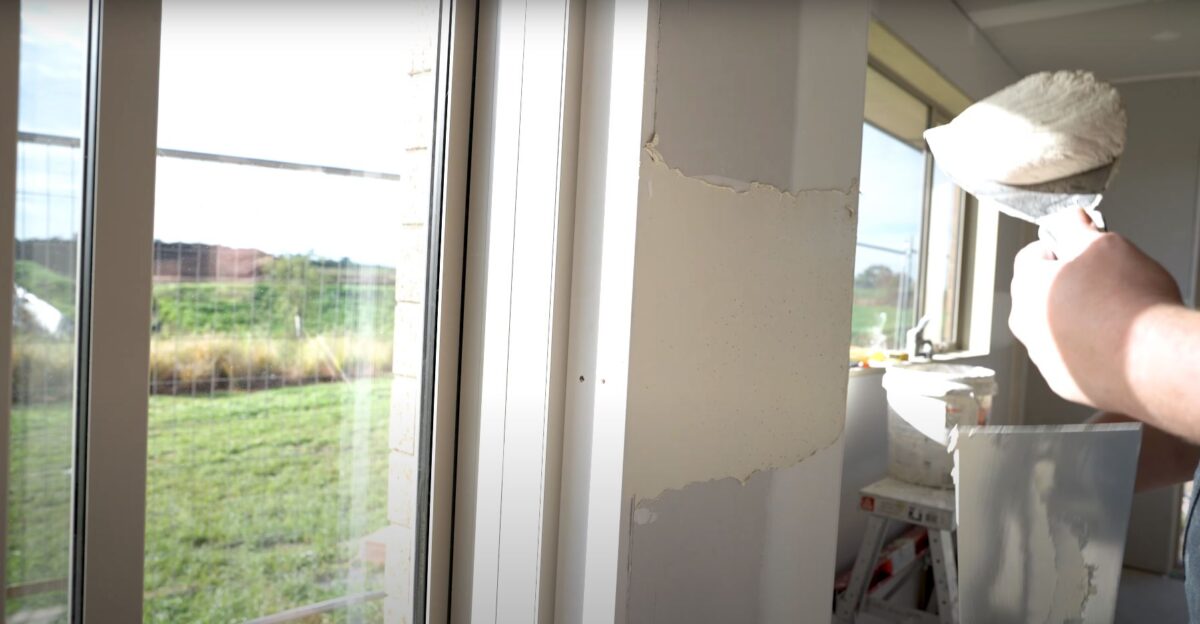GIB and Plasterboard: Two Names, Same Product
A question often posed by property owners undertaking renovations in Auckland: Is GIB the same as plasterboard? The answer is yes, GIB is a brand of plasterboard that’s become synonymous with the product in New Zealand, much like how ‘Hoover’ is used for vacuum cleaners in the UK.
What to Expect with GIB Stopping and GIB Fixing
GIB stopping and GIB fixing are two processes that go hand in hand when installing plasterboard. GIB fixing refers to the actual installation of the boards onto the wall frames, while GIB stopping involves applying a compound to the board’s joints to ensure a smooth finish.
Suburb Differences and GIB Works
Certain Auckland suburbs may offer unique challenges when it comes to GIB work. For example, heritage buildings in Ponsonby may have more stringent guidelines for renovations, impacting the speed and method of GIB installation.
The Role of Health and Safety in GIB Work
Health and safety are paramount in construction, and GIB fixing and stopping are no exceptions. WorkSafe NZ guidelines necessitate protective gear for workers to safeguard against potential injuries from sharp tools or falling debris.
Council Bylaws and GIB Works
Auckland Council bylaws may also influence GIB fixing and stopping work. For instance, certain regulations under the Waitematā Local Board may require noise management plans if heavy machinery is used, affecting the timing and nature of GIB work.
Alternative Plasterboard Products in Auckland
While GIB is the go-to plasterboard in New Zealand, alternatives are available. Brands like USG Boral and James Hardie offer plasterboard products that can be sourced from local hardware stores or construction suppliers in Auckland.
GIB Works in Suburbs with Unique Regulations
In suburbs such as Howick, overseen by the Howick Local Board, specific construction hour restrictions could extend the timeline of GIB work. These factors, combined with the potential need for traffic management plans, could influence the overall project plan.
Meeting WorkSafe Requirements during GIB Installation
From a health and safety perspective, correct handling of plasterboard material is crucial to prevent injuries. This includes maintaining a clean workspace, using correct lifting techniques, and ensuring that the work area is adequately ventilated.
Plasterboard Selection for Different Suburb Conditions
The choice of plasterboard may also depend on the specific conditions of an Auckland suburb. For instance, homes in coastal areas like St Heliers might benefit from moisture-resistant plasterboard due to the higher humidity levels in these locales.
Understanding Council Guidelines for GIB Works
It’s crucial to understand the Auckland Council guidelines impacting GIB fixing and stopping. In suburbs like Māngere-Ōtāhuhu, specific waste management procedures may apply for construction waste, including plasterboard offcuts, potentially influencing the project’s cost.
Alternative Plasterboards: Pros and Cons
While GIB is a household name, alternative plasterboard products each have their unique advantages. USG Boral, for instance, offers a fire-resistant plasterboard, while James Hardie’s range includes a variety of fibre cement boards, providing options for different project requirements.
The Balance of Health and Safety in GIB Stopping
During GIB stopping, worker safety remains paramount. WorkSafe NZ regulations stipulate that workers should wear protective gear, such as goggles and gloves, to prevent eye and skin irritation from the plaster compound.
Local Council Bylaws Impacting GIB Works
Local bylaws can also influence the completion of GIB works. In the Albert-Eden suburb, for example, heritage site restrictions might necessitate the use of certain types of plasterboard, creating an added layer of complexity to the project.
Auckland’s Plasterboard Product Options
In conclusion, while GIB is a well-known brand in Auckland, alternative plasterboard options offer variety and versatility for unique construction needs. By considering these alternatives, along with local council guidelines and health and safety requirements, Aucklanders can make informed decisions for their renovation projects.
